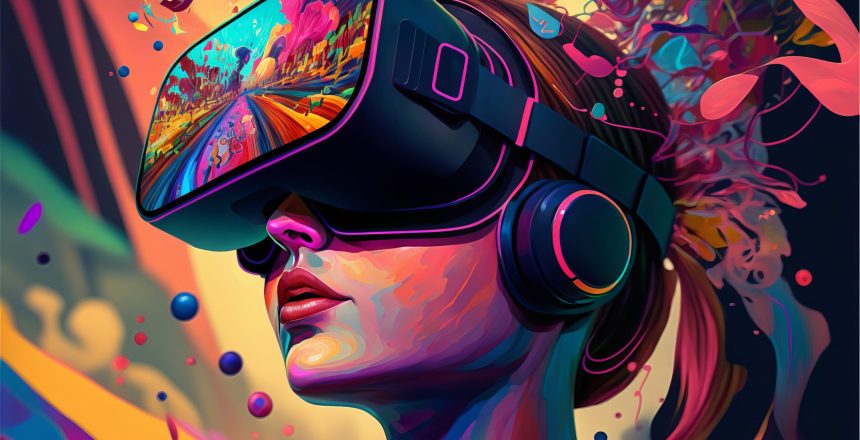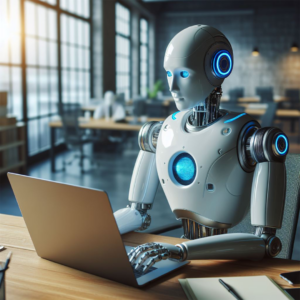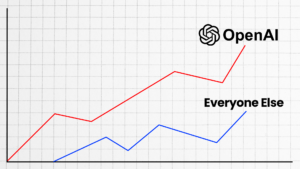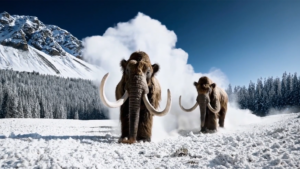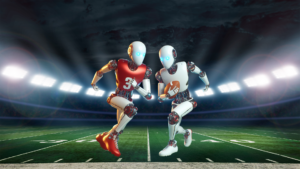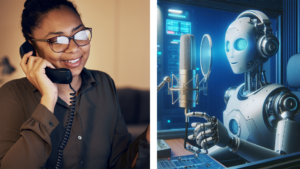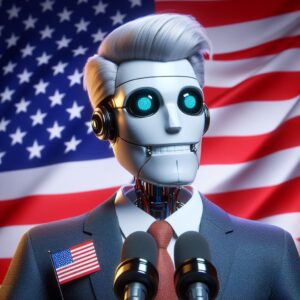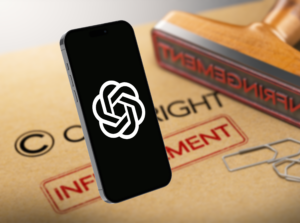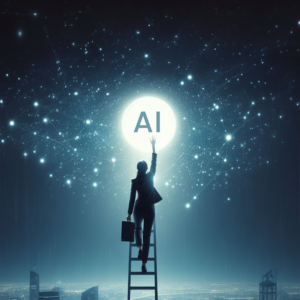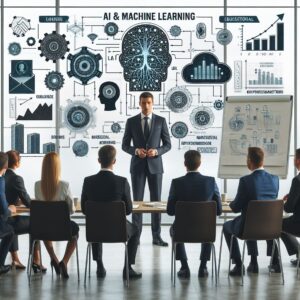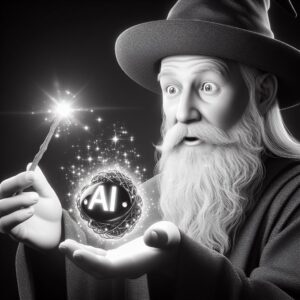In the realm of creativity, the rise of artificial intelligence has ushered in a new era of possibilities. AI-powered tools like DALL-E 2 and ChatGPT have demonstrated their prowess in generating captivating artworks, pushing the boundaries of what we once thought was achievable. These innovations promise to simplify our lives, automate mundane tasks, and unlock new avenues for creative expression. Yet, beneath this dazzling canvas, a complex dilemma has emerged – one that revolves around copyright and fair use in AI art.
The Benefits of AI Art Generators
As we embark on this exploration, it’s essential to first recognize the remarkable benefits that AI art and image generators bring to the table. Imagine a tool like DALL-E 2, capable of conjuring images of anything we can describe to it. Or ChatGPT, weaving stories, songs, and plays with human-like finesse. These AI marvels streamline creative processes, enabling artists, writers, and creators to augment their abilities and amplify their productivity.
Beyond mere efficiency, these AI tools offer a realm of creative possibilities that were once inconceivable. They empower individuals to express their imagination without the constraints of technical barriers. The potential for automation and the democratization of creative tools is undeniable. However, as we delve deeper, we encounter concerns voiced by artists who feel their work is at risk in this new era.
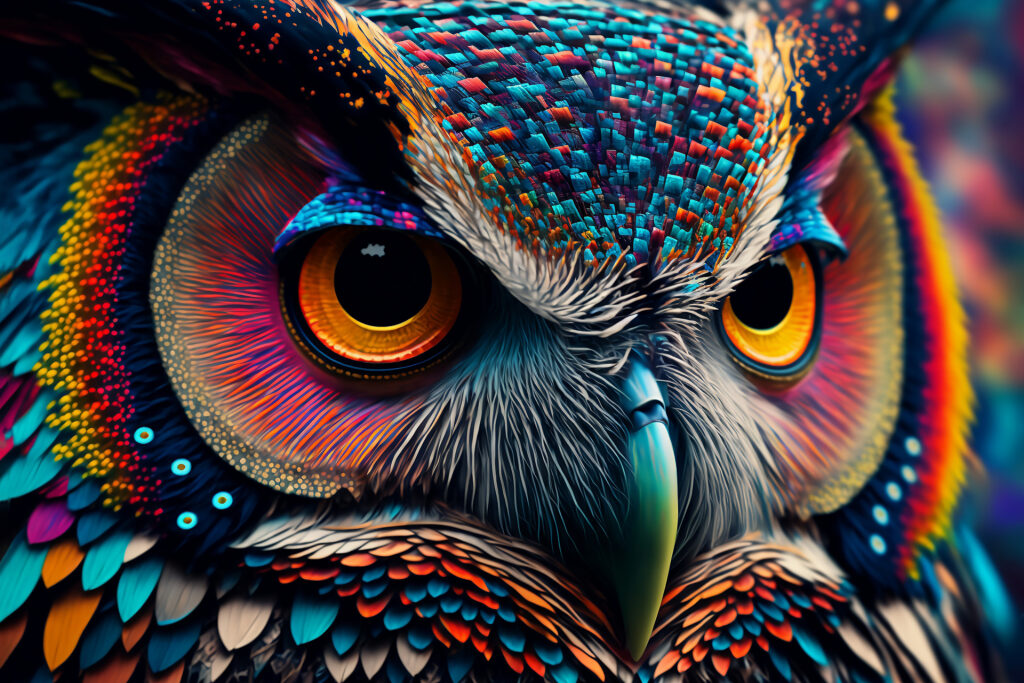
The Concerns Voiced by Artists
Enter the artists – painters, writers, photographers, poets – the creators who, by default, possess the copyright to their work. Their artistic endeavors are not just their expressions; they are also a source of livelihood. But what happens when the creator is a computer? This is a conundrum that emerged with the advent of Generative AI, a challenge we’ve grappled with for only a short time.
A growing number of artists have raised their voices, asserting their rights and challenging AI companies. They argue that their original works have been “scraped” from the internet to train AI engines, which are now creating derivative artworks. This raises concerns about compensation and control. Artists believe they should have the autonomy to dictate how their work is used and, justifiably, receive financial compensation for its utilization.
One prominent advocate for artists’ rights, Eva Toorent, a founder of the European Guild for Artificial Intelligence Regulation (EGAIR), firmly asserts that AI companies should obtain artists’ opt-in consent before using their work to train algorithms for creating other works. In her words, “If I’m the owner, I should decide what happens to my art.”
Accusations of copyright breaches have also surfaced, such as Getty Images alleging that its proprietary photographs were used without permission to train AI tools. The central argument here is that existing intellectual property and creative rights frameworks are ill-equipped to safeguard artists’ interests in the AI era.
Potential Solutions to the Issue
Addressing these concerns requires thoughtful solutions. One proposal is to make opt-in consent the standard practice for AI companies, ensuring artists have control over their work’s usage. Legal frameworks must evolve to accommodate the unique challenges posed by AI art, striking a balance between innovation and artists’ rights.
One crucial point of contention is the distinction between human and AI creativity. While some argue that AI merely draws inspiration from existing human art, it’s crucial to acknowledge that AI lacks the human touch, unable to infuse its creations with truly new or original qualities.
Moreover, the argument that obtaining permission for every piece of training data isn’t practical can be countered by examples like Adobe, which exclusively trains its AI on images it owns the rights to, even indemnifying customers against future claims. Technology, particularly blockchain, may offer solutions for automating fair compensation to artists.
The Ethical Dilemmas
Beyond the legal and practical aspects, AI art has stirred ethical dilemmas. For instance, musicians often deny permission for their music to be used at political rallies. AI’s ability to replicate these styles raises concerns about moral and ethical objections.
As legislative changes and court battles loom on the horizon, we find ourselves in uncharted territory at the intersection of art and technology. Striking a balance that satisfies all stakeholders, artists, innovators, and society at large, will require grappling with core ethical questions about AI’s role in our creative landscape.
Conclusion
In navigating the intricate landscape of AI art and copyright challenges, it’s evident that we stand at the precipice of a transformative era. The potential benefits of AI are undeniable, offering simplicity, efficiency, and newfound creative avenues. However, we must navigate these waters carefully, respecting artists’ rights and fostering innovation.
The complexity of this issue necessitates ongoing dialogue, adaptation of legal frameworks, and ethical considerations. As we venture forward, the uncharted territory of AI art beckons, promising a future where creativity and technology coexist harmoniously, ultimately benefiting us all.
If you want to make sure your business is implimenting tech ethically, and properly, let Epimax be your guide.

